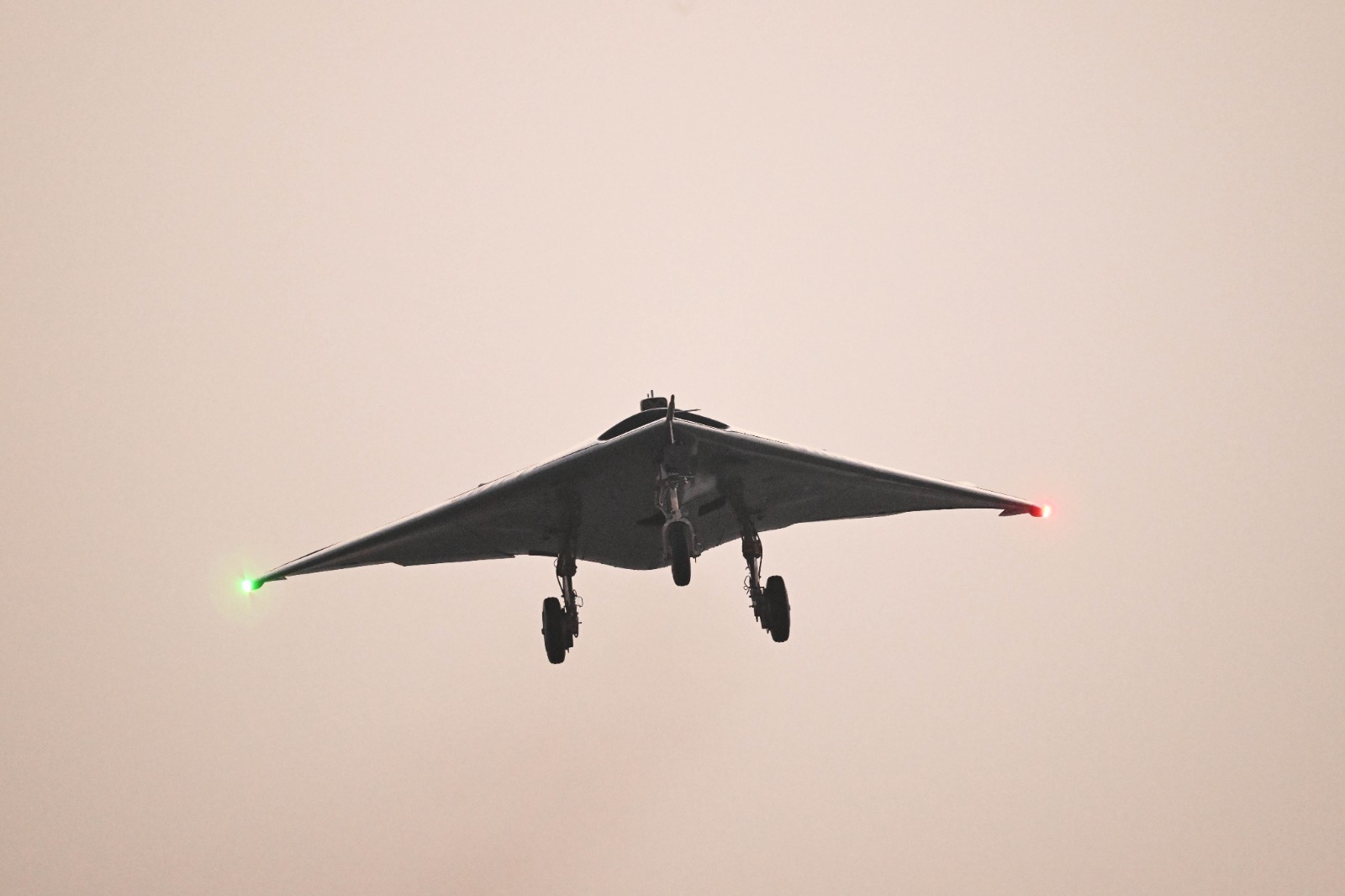The Washington Post of April 18, 2023, reported: “A secret document from the National Geospatial-Intelligence Agency, which has not previously been reported, shows the Chinese military is making technological advances that could help it target American warships around Taiwan and military bases in the region.”
The document featured satellite imagery dated August 9 that shows two WZ-8 rocket-propelled reconnaissance drones at an air base in eastern China, about 350 miles inland from Shanghai.
The drones are a cutting-edge surveillance system that could help China gather real-time mapping data to formulate an informed strategy or carry out missile strikes in a future conflict, the report added.
China is developing the capability to monitor the entire Indo-Pacific region. Hence, Chinese advanced surveillance and information-gathering technology is not a worry only for Taiwan or the US but the whole of the Indo-Pacific region, including India.
India’s Rivals
Considering the importance of drone and anti-drone technologies and their associated challenges, and also considering the proliferation of drone technology among state and non-state actors, it is evident that drone warfare is an integral aspect of modern military strategy. It underscores the urgency for India to advance in this field to safeguard its national interests effectively.
In a July 2023 paper for Strategic Research, Antoine Bondaz and Simon Berthault noted that UAVs have become an indispensable force for China in the Himalayan environment, enabling the autonomy of support systems, intelligent command, search and rescue, and swarming attacks.
They noted that China uses UAVs along its border with India for various missions such as logistical support, border surveillance, battle damage assessment, artillery spotting, sniping, mine clearance, and communications support.
However, their analysis also takes into account the challenges in China’s use of UAVs in the Himalayas, including the harsh climate that can cause drones to malfunction and reduced aerodynamic performance owing to the thin air at high altitudes, India’s counter-UAV defenses and a lack of trained personnel to analyze.
Pakistan has been deploying drones to carry weapons, ammunition, drugs, and fake Indian currency to be dropped across the international border, particularly in Jammu and Kashmir, in support of the jihadists who sneak into the Indian side.
The anti-India Pakistani drone network is elaborate, and security forces have arrested several conduits on the Indian side of the border for facilitating the dissemination of material dropped by the Pakistani drones.
Pakistani drone usage was boosted when Turkey, which has advanced drone manufacturing technology, supplied some versions of its Bayaktur drones to Islamabad. Turkey has upgraded its drone technology and is among buyers’ major suppliers of advanced drones.
In a July 2023 article for Carnegie India, Surya Krishna and Ashima Singh noted that out of 492 drone sightings at the India-Pakistan border between 2020 and 2022, 311 were seen in 2022, 104 in 2021, and 77 in 2020.
These figures show that Pakistan is taking recourse to robust drone deployment in its border clashes with India. Pakistan’s increasing drone incursions represent a new challenge to India’s border security forces. Pakistani drones can fly at high altitudes and low speeds, making them difficult to detect and intercept.
Since these drones can carry payloads over great distances, they are practical tools for transporting weapons, explosives, drugs, and other supplies over the border. Drones can also be used for espionage against military installations, critical infrastructure, and other targets.
India’s Response
How is India responding to this alarming security scenario? India has to get into a drone race with both adversaries. Reports are that the Defence Research and Development Organization (DRDO) has successfully tested this month its Autonomous Flying Wing Technology Demonstrator and indigenous high-speed flying-wing Unmanned Aerial Vehicle (UAV) from the Aeronautical Test Range in Chitradurga, Karnataka.

The Defense Ministry statement notes that the UAV is designed and developed by DRDO’s Aeronautical Development Establishment and has undergone six flight trials in various elemental configurations using two in-house manufactured prototypes.
The 15 December statement under discussion notes that “the autonomous landing of the UAV showcased a unique capability demonstration, allowing take-off and landing from any runway with surveyed coordinates.”
It highlights that the feat was achieved by fusing sensor data on board using GPS-aided GEO-augmented navigation (GAGAN) receivers that utilize satellite-based augmentation to improve GPS navigation.
The statement indicates that the research team behind the project had optimized avionic systems, integration, and flight operations toward the successful seventh flight in the final configuration.
Conclusion
The drone race is on, and India has to deal with drone threats from the two adversaries, one in the north and the other in the west. It is also presumed that China has been providing particular types of drones that serve Pakistan’s purpose of carrying forward its drone strategy against India along the international border.
As is expected, India will not sit idle, showing no reaction. Under the strong incentive of Prime Minister Narendra Modi’s self-reliance concept, DRDO has been taking long strides to provide upgraded military equipment to the Ministry of Defense.
The UAV, also known as the Stealth Wing Flying Testbed (SWiFT), is a significant step in India’s bid to indigenize its armed forces and reduce its reliance on foreign suppliers of weaponry.
The drone’s airframe, undercarriage, flight control, and avionics systems are all reportedly indigenously made. The SWiFT drone is 3.96 meters long with a 4.8 wingspan and weighs approximately 1.043 kilograms.
In an October 2022 article for the Journal of Defence Studies, Pintu Mahla mentions that in recent years, India has increased its use of drones and that its border dispute with Pakistan and China has made suitable drone strategies and policies imperative.
In a May 2023 Paper for the Vivekananda International Foundation, columnist Harshini Nag emphasized that drone technology, both offensive and defensive, is crucial for India’s security, particularly in countering threats and exploiting opportunities in its geopolitical landscape.
- KN Pandita (Padma Shri) is the former director of the Center of Central Asian Studies at Kashmir University. Views Personal.
- Mail EurAsian Times at etdesk(at)eurasiantimes.com
- Follow EurAsian Times on Google News




